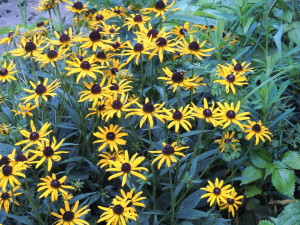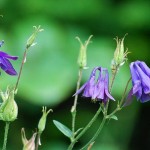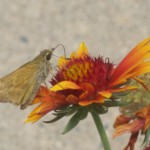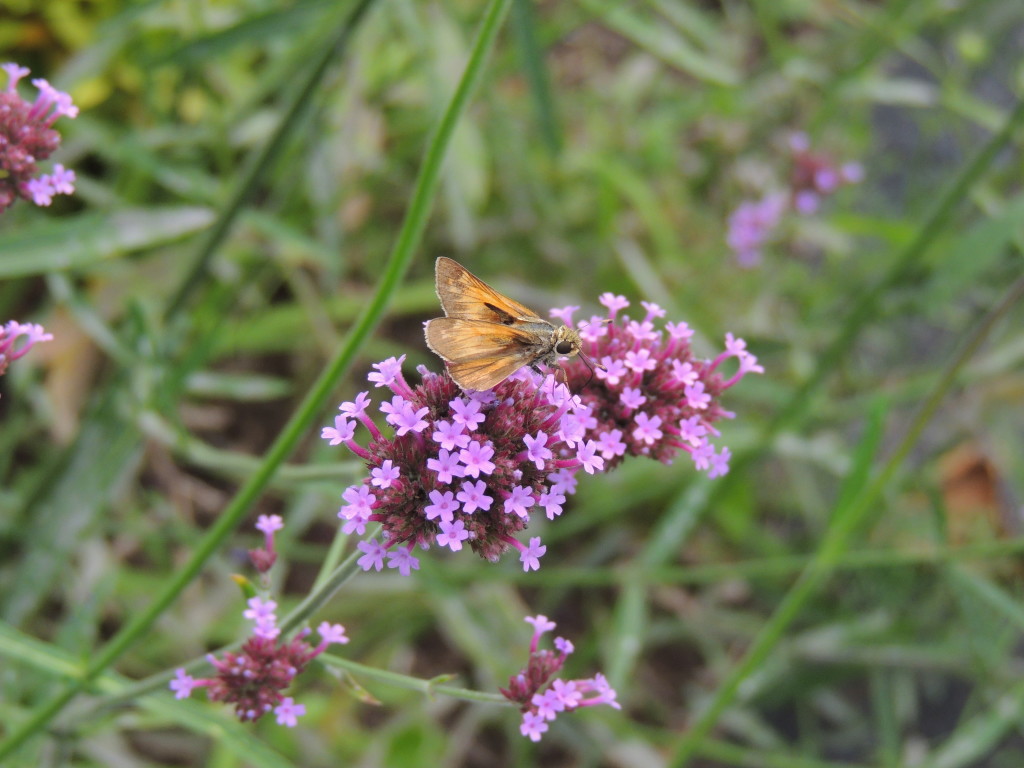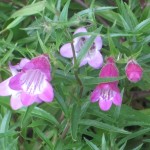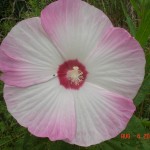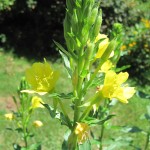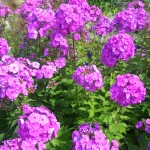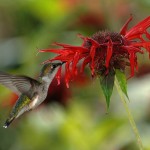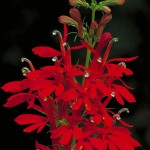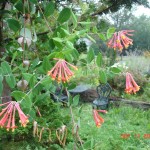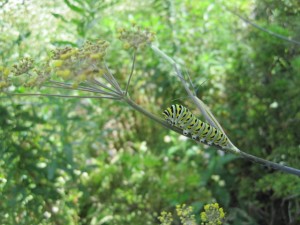Living as I do in the north-east of the United States, I find that there is a heavy bias towards stocking flower beds with annuals. These are often water-crazy (like Impatiens) – a very bad choice for those long, dry summers. We therefore spend a lot of time and wasted water keeping them alive.
They are also a pain to buy and to pull up at the end of the season.
It has always baffled me why people do this, rather than purchase a few plants that will flower consistently year after year, get bigger and bigger so that they squeeze out the weeds….and need hardly any water!
Elsewhere, I have talked about native plants, and they are the best for attracting wildlife. But there are many spectacularly attractive perennial plants that – although some may not be native – can act like magnets for bees and butterflies and birds and caterpillars…while remaining this side of being annoying. That is, they don’t take over the garden or rampage through the wild, self-seeding and suffocating other plants as they go.
So, what to choose?
Most of the good wildlife gardening sites (see here) will give you tips on this… but here are some which I couldn’t do without.
Of course, these plants are native somewhere!
All of these are great for bees, butterflies and *** good for hummingbirds too
- Rudbeckia (Black-Eyed Susan)
- Echinacea
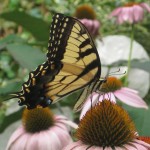
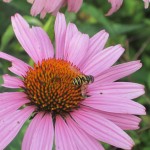
(for both Rudbeckia and Echinacea, leave the ‘deadheads’ on the plant as finches love to come and eat the seeds)
- Aquilegia (Columbine)
- Gaillardia
- Verbena
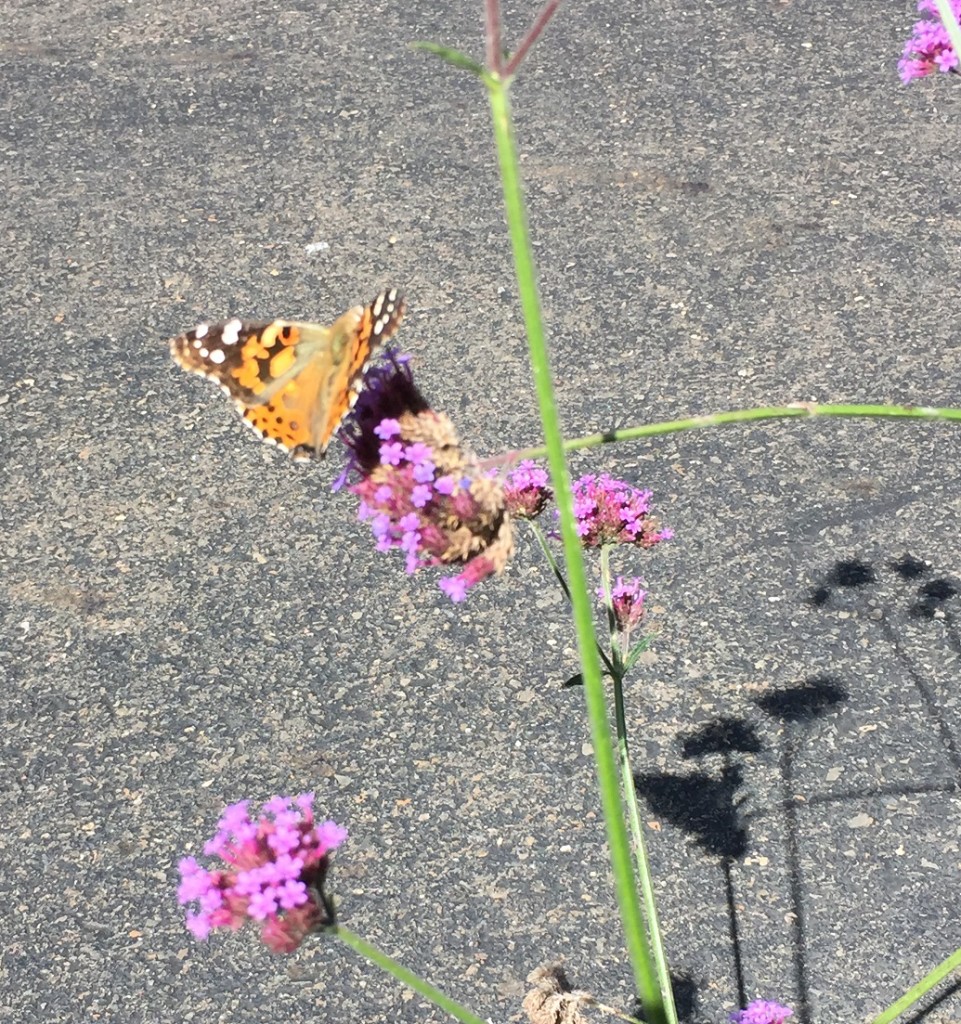
- Coreopsis
- Physostegia (Obedient Plant)

- Scabious
- Asclepias (Milkweed) – the plant the Monarch butterfly caterpillar eats! It also is the host to the Milkweed Tussock Moth (look out for hairy caterpillars) and is a butterfly and bee magnet.

- ***Penstemon
- Swamp-rose Mallow or Rose mallow (Hibiscus moscheutos)
- Carolina Lupine (Thermopsis caroliniana)
- Oenothera (Evening Primrose) – often self-seeding and a tad invasive; insects love the flowers and birds love the seeds
- Phlox (some creeping, some tall – all adored by insects of all types)
- ***Bee Balm (Monarda). As can be seen from the photograph by Joe Schneid, a great favorite with hummers.
- ***Lobelia cardinalis
- ***Trumpet Vine (Campsis radicans)
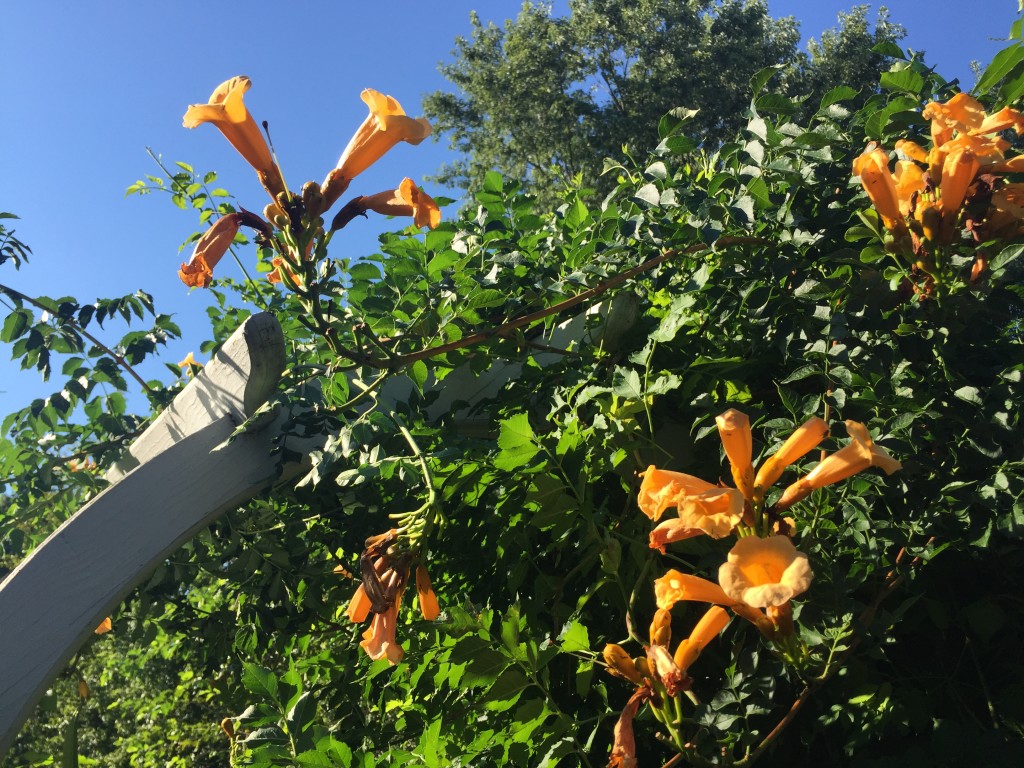
- ***Coral Honeysuckle (Lonicera sempervirens)
- Aster (Michaelmas Daisy, New England Aster, etc)
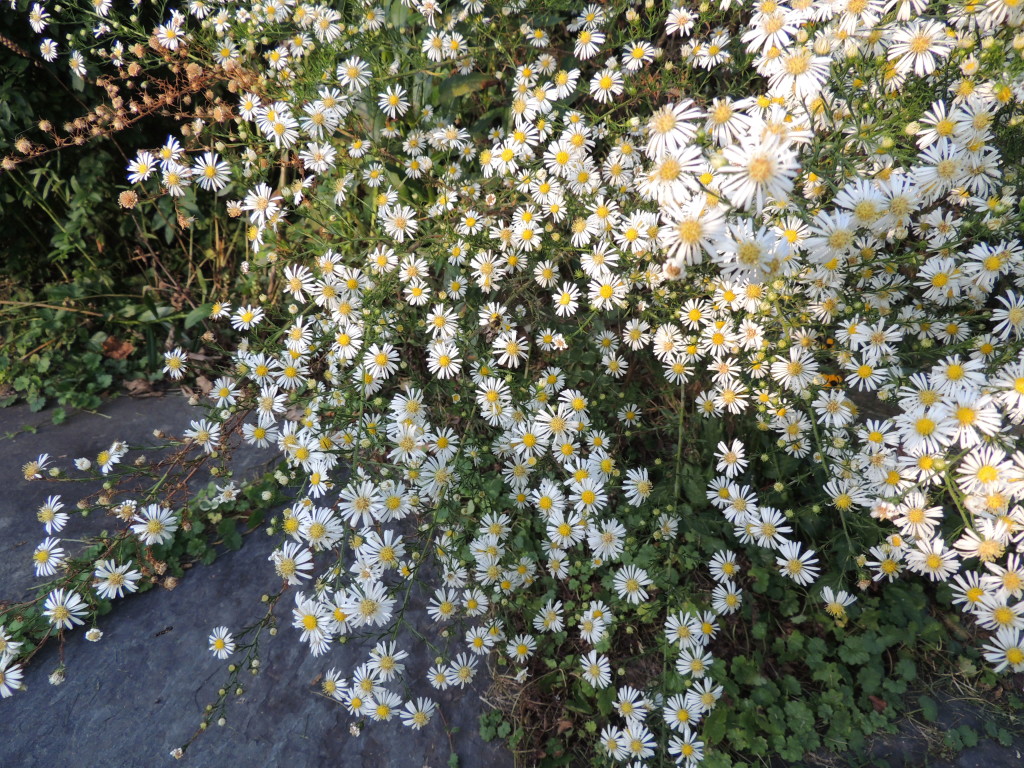
Aster (John Humphreys)

Aster with honey bee (John Humphreys)
And, although it needs to be kept in check, as it spreads rapidly, Solidago – the Golden Rod – attracts oodles of insects in the dying summer and glorious autumn. In fact this plant and many of the perennials mentioned above act as food-plants for the caterpillars of butterflies and moths.
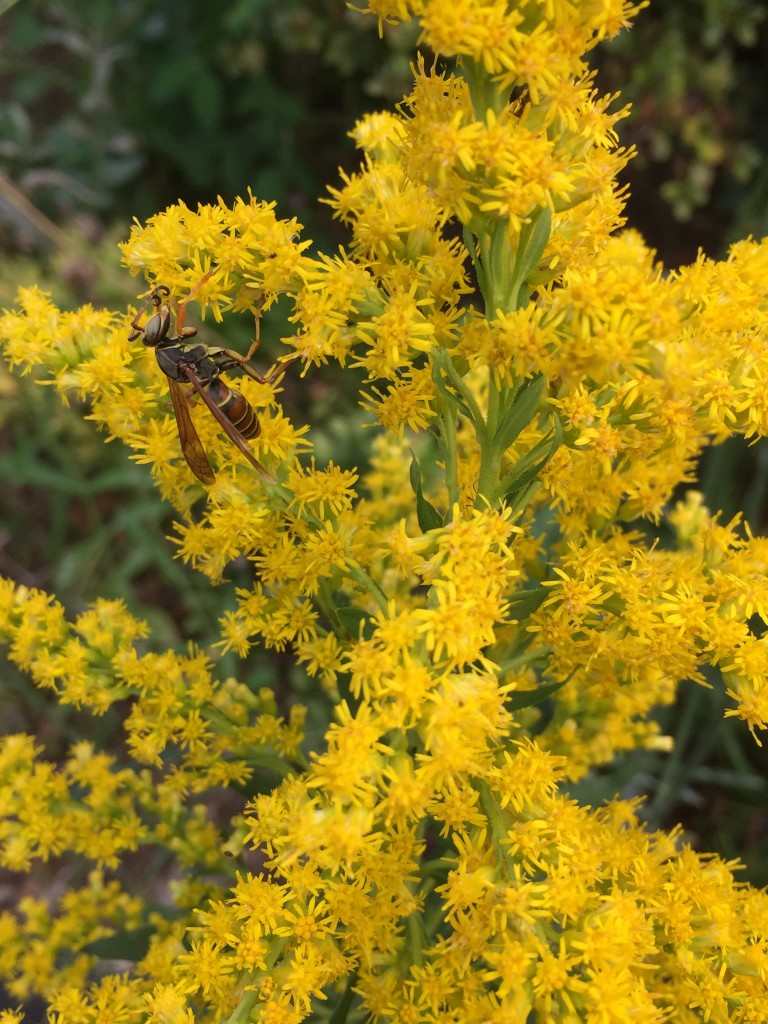

Don’t forget – no food for caterpillars = no beautiful butterflies. Grow a variety of different perennials, shrubs and trees to encourage a wide variety of butterflies and moths!
This can include things like fennel as well (basically, from the caterpillar’s point of view, a sort of tasty Cow Parsley…).
In 2012, I was blessed to see swallowtail larvae on fennel, and then see an adult emerge from the chrysalis. Amazing!
There are many great nurseries that will help you with these – two that are outstanding are www.butterflybushes.com (USA) and Bressingham Gardens in England. I like the plants grown in eco-friendly coconut fiber at the Hairy Pot Plants Company, too.
Go ahead – the wildlife will thank you!
Questions? Comments? E-mail me on johnnydogmatic@comcast.net

